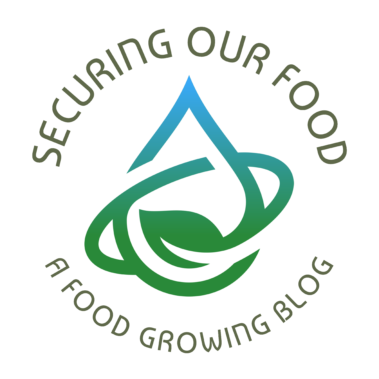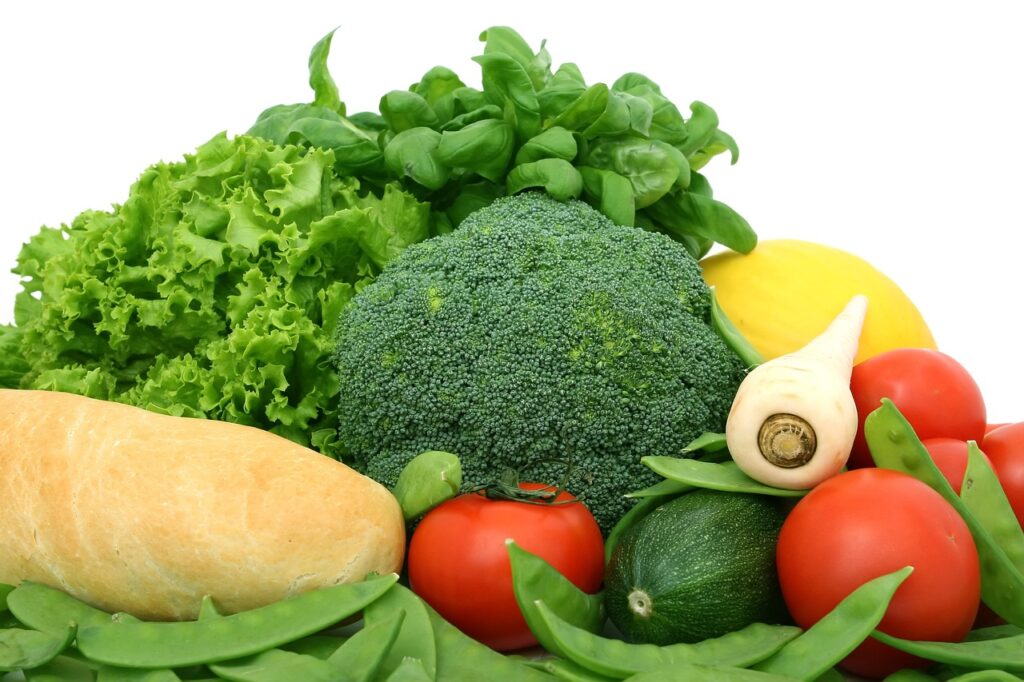Growing some of your own food has numerous benefits, both for you and for the environment. Firstly, when you grow your own food, you have complete control over what you eat. You can choose to grow organic produce, free from harmful pesticides and chemicals, ensuring that you and your family are eating healthy, nutritious food.
Secondly, growing your own food can save you money in the long run. Rather than having to constantly buy groceries, you can simply harvest what you need from your own garden, reducing your grocery bill.
Finally, growing your own food is also a way to reduce your carbon footprint and support the environment. By producing your own food, you are reducing the need for transportation, which is a major source of greenhouse gas emissions. Plus, you can choose to use sustainable growing methods like aquaponics, which conserves resources like water and fertilizer, making it a more environmentally friendly option.
Growing your own food has never been easier, with the advent of innovative and sustainable methods like aquaponics, hydroponics and raised bed gardening. In this video, we’ll be taking a closer look at each of these methods and exploring the benefits they offer.
Starting with aquaponics, this method combines traditional aquaculture with hydroponic technology to create a closed-loop system that’s both efficient and sustainable. By growing fish in tanks and using their waste to fertilize plants grown in water-based systems, you can produce fresh, healthy produce while reducing your impact on the environment.
Hydroponics, on the other hand, is a soil-free growing method that uses water and nutrient-rich solutions to grow plants. With hydroponics, you have complete control over the growing environment, making it easier to manage pests and diseases and produce high-quality, nutritious produce.
And lastly, raised bed gardening is a method that involves growing plants in elevated beds, which can be made from a variety of materials, including wood, concrete, or even recycled materials. Raised bed gardening allows for better drainage, easier access to the plants, and improved soil quality, making it a great option for home gardeners.
Each of these methods has its own unique benefits and can help you grow fresh, healthy produce for you and your family. Whether you’re interested in reducing your carbon footprint, saving money on groceries, or simply enjoying the experience of growing your own food, these methods are definitely worth exploring.
Aquaponics is an innovative and sustainable way of growing food that combines traditional aquaculture with hydroponic technology. This method involves raising fish in tanks and using their waste to fertilize plants grown in water-based systems. The plants then clean the water, which is returned to the fish tanks to create a closed-loop system.
The benefits of aquaponics are many. It allows for year-round food production, even in areas with harsh climates. It is also a highly efficient use of resources, as the water and nutrients are recirculated, reducing the need for inputs like fertilizer and water. Additionally, since the plants and fish grow in a controlled environment, pests and diseases can be effectively managed, making it a more sustainable option for food production.


Growing your own food is such a rewarding experience! It’s amazing to have full control over what you eat, knowing it’s free from harmful chemicals. Plus, it’s a great way to save money and reduce your environmental impact. I love the idea of using sustainable methods like aquaponics and hydroponics. How do you decide which method is best for your needs?
https://www.youtube.com/watch?v=OZrsp61RxXM&list=PL3jksNEj8EhcgpR633e2kJABFM8oBrZAb